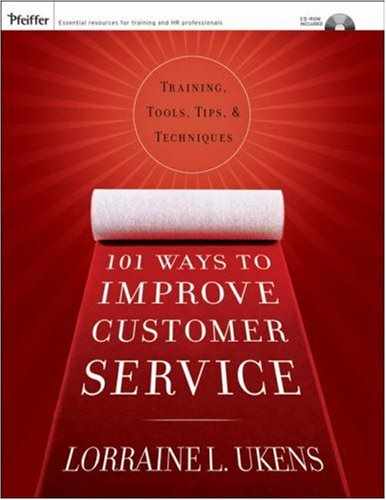Goal

To facilitate effective decision making within a group. Participants will list candy items in order of the date of their creation.
Materials

One copy of the Candy Land Worksheet and a pencil for each participant
One copy of the Candy Land Answer Sheet for the facilitator
Timer or clock
Introduce the session by telling the participants that there are thousands of different types of candy that are enjoyed by billions of people around the world. In the United States alone, the average person consumes about twenty-five pounds of candy each year. The participants will be members of companies vying for a position as marketing representative in the candy industry.
Form subgroups of five or six persons each.
Distribute one copy of the worksheet and a pencil to each participant. Read the directions at the top of the sheet.
Set the timer and allow exactly 20 minutes for completion of the task, giving a 2-minute warning before time expires. Call time.
Ask the subgroups to enter the appropriate rank numbers in the column marked Actual Ranking as you read aloud the answers found on the answer sheet. You may wish to include some of the background information provided or give only the rank number.
After all answers have been revealed, direct the participants to determine the value differences for each item by subtracting the smaller of the ranking numbers from the larger. When all values have been recorded in the final column, the total will be the sum of all the value differences.
Determine which subgroup had the lowest value difference total and announce that this group is awarded the marketing position.
Facilitate a large group discussion by asking the following questions:
Directions: Your group represents a company vying for a position as a marketing representative for the candy industry. To determine who will be the best company to hire, your future employer wants to see how much you know about the history of candy. Complete the Group Ranking column by placing the following candy items in order of their creation from the oldest (1) to the newest (15). You will have 20 minutes to complete the task, and then you will be given further instructions for scoring.
CANDY | GROUP RANKING | ACTUAL RANKING | DIFFERENCE |
|---|---|---|---|
Baby Ruth | |||
5th Avenue | |||
Good & Plenty | |||
Hershey’s Kisses | |||
Junior Mints | |||
Life Savers | |||
M&M’s Plain Chocolate Candies | |||
Milk Duds | |||
Milky Way | |||
Necco Wafers | |||
Pez | |||
Snickers | |||
Starburst Fruit Chews | |||
3 Musketeers | |||
Tootsie Rolls | |||
TOTAL | |||
Note: Candy names are trademarks of the companies that produce them. All trademark rights are reserved to the trademark owners. | |||
Good & Plenty (1893). Invented by Quaker Confectionery Co. in Philadelphia; oldest branded candy in the United States.
Tootsie Rolls (1896). Invented by Leo Hirshfield of New York, who named them after his daughter.
Necco Wafers (1901). Acronym for New England Confectionery Company; Admiral Byrd took 2½ tons of these pastel-colored candy disks to the South Pole in the 1930s because they don’t melt.
Hershey Kisses (1906). Invented by Milton S. Hershey of Lancaster, Pennsylvania; a popular theory is that the candy was named for the sound or motion of the chocolate being deposited during the manufacturing process.
Life Savers (1912). Based on newly introduced life preservers; they originally came in peppermint flavor only.
Baby Ruth (1920). Named after President Cleveland’s daughter (not the famous ball player Babe Ruth).
Milky Way (1923). Created to taste like a malted milk that would be available anywhere, any time.
Milk Duds (1926). Milton Holloway’s idea was to make perfectly round pieces, but found this was impossible, so he called them “duds.”
Pez (1927). Eduard Haas III originally marketed this candy as a compressed peppermint breath freshener for smokers; the name comes from the German word for peppermint: pfefferminze.
Snickers (1930). Named for a favorite horse owned by the Mars family; it’s currently the number one selling candy in the United States.
3 Musketeers (1932). Originally made as three separate pieces of chocolate, vanilla, and strawberry nougat; rising costs and wartime restrictions required phasing out vanilla and strawberry.
5th Avenue (1936). William Luden, of cough drop fame, made these for military use in World War II.
M&M’s Plain Chocolate Candies (1941). Introduced in response to slack chocolate sales in summer; inspired by Spanish Civil War soldiers eating pellets of chocolate in sugar coating.
Junior Mints (1949). James Welch named these after his favorite Broadway stage play, Junior Miss.
Starburst Fruit Chews (1960). Later fortified with 50 percent of the recommended daily allowance for vitamin C.
